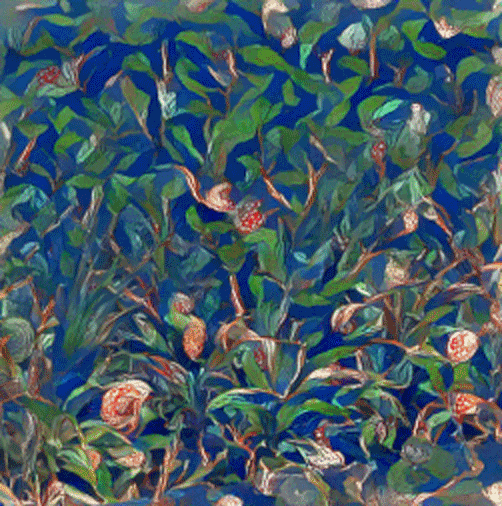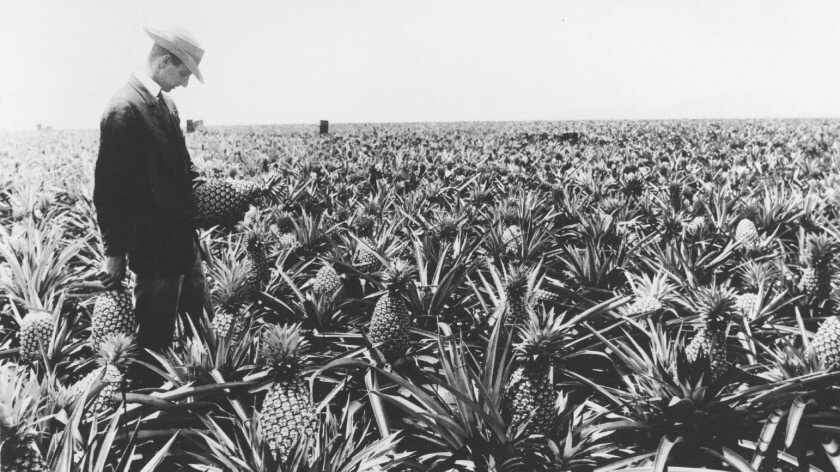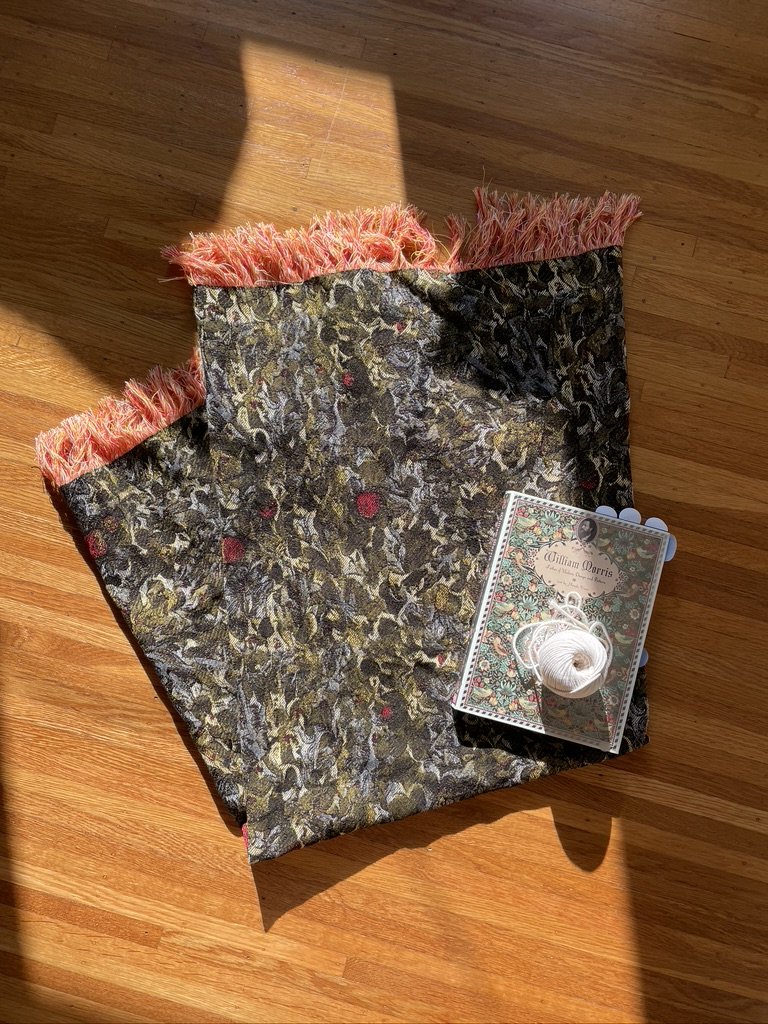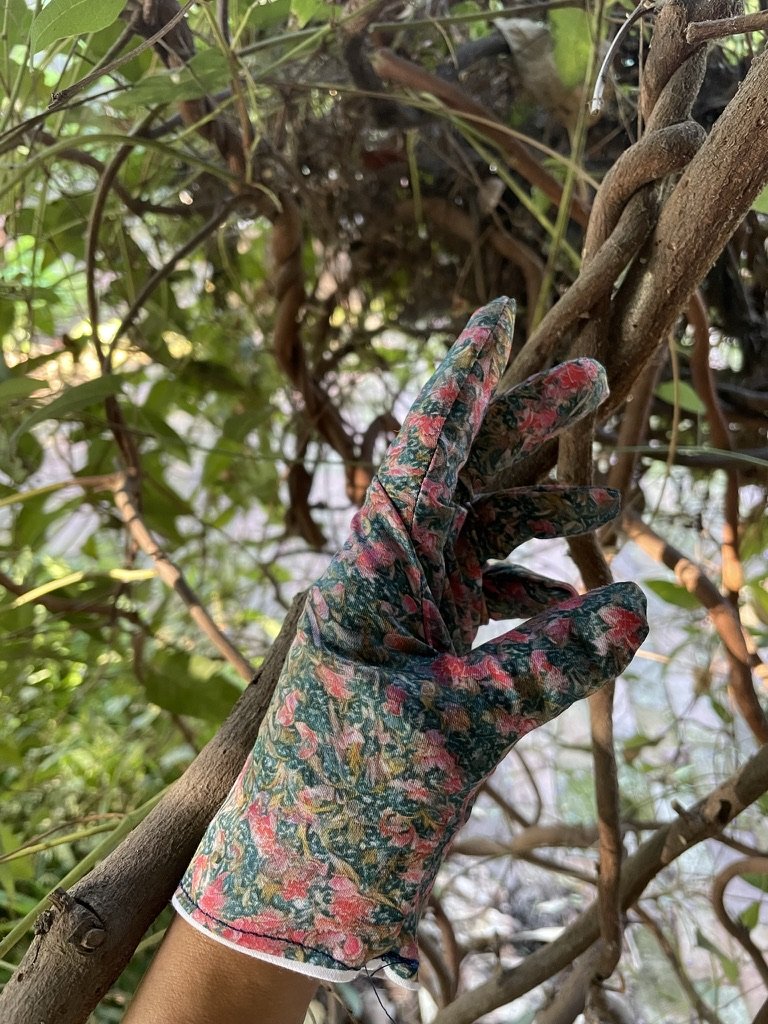Witch Fever
Using GAN neural style transfer, Witch Fever combines the patterns of British artist, designer and socialist William Morris (1834-1896) with photographs of Britain's colonial reach to produce a new set of patterns, turned into workwear — gloves, aprons, work jackets. Working during the Industrial Revolution, Morris's socialist romanticism gave rise to the Arts & Crafts movement, pushing against industrial production. At the same time, Morris's original patterns drew from the botanical harvests of the British Empire — oranges, pomegranates and more, taken from the British colonial plantations. The wallpapers of Morris & Co were financially and materially buttressed by the materials of empire and industrialization, with Morris's family fortune derived from arsenic mines. Morris's wallpapers themselves were printed with arsenic, to achieve a luminous green. When these wallpapers started to cause arsenic poisoning, Morris dismissed these concerns as not real, or as plausible as "witch fever".
I use a neural style transfer that combines Morris’s original botanical patterns and images of laborers on British colonial plantations to create seemingly hand drawn patterns of speculative botany — fruits and plants that exist in the realm of an imagined history. Witch Fever is a provocation on the relationships between empire, art and materiality.







